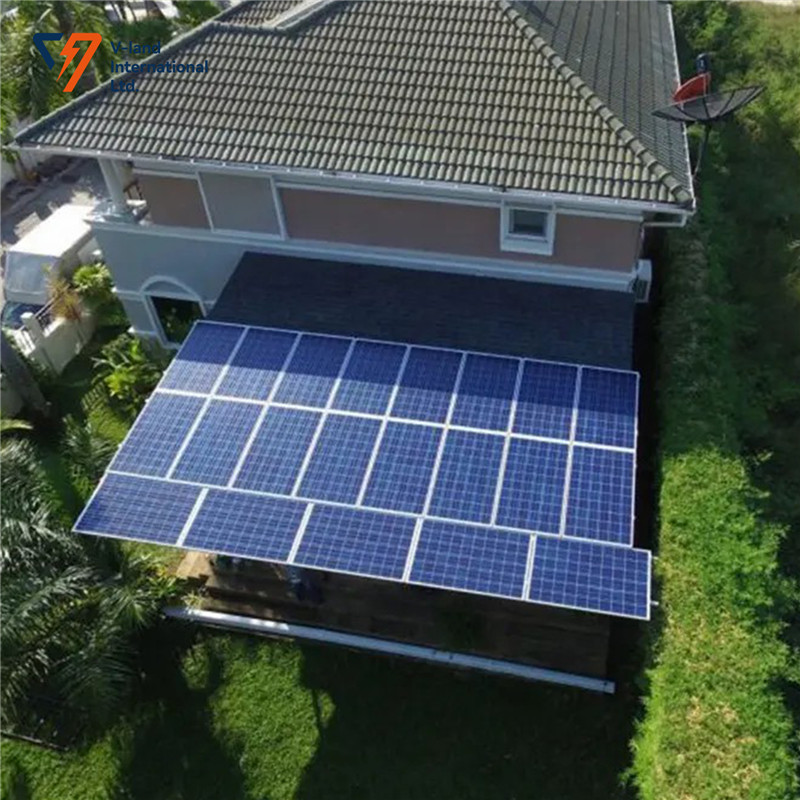Researchers at Imperial College London have invented a new leaf-like structure that can collect and generate photovoltaic solar energy and produce fresh water, mimicking the process that occurs in real plants.
Dubbed “PV Sheet”, the innovation “uses low-cost materials that could inspire a new generation of renewable energy technologies.”
Studies have shown that photovoltaic leaves “can generate more than 10 percent more electricity than conventional solar panels, which lose up to 70 percent of solar energy to the environment.”
If used effectively, the invention could also produce over 40 billion cubic meters of fresh water per year by 2050.
“This innovative design has great potential to significantly improve the performance of solar panels while providing cost-effectiveness and practicality,” said Dr. Qian Huang, researcher emeritus at the Department of Chemical Engineering and author of the new study.
The artificial leaves are designed to eliminate the need for pumps, fans, control boxes and expensive porous materials. It also provides thermal energy, adapts to different solar conditions, and tolerates ambient temperatures.
“The implementation of this innovative sheet design can help accelerate the global energy transition while addressing two pressing global challenges: rising demand for energy and fresh water,” said Christos Kristal, head of the Clean Energy Processes Laboratory and author of the study. Markides said.
Photovoltaic leaves are based on real leaves and mimic the process of transpiration, allowing the plant to transfer water from the roots to the tips of the leaves.
In this way, water can move, distribute and evaporate through the PV leaves, while the natural fibers mimic the vein bundles of the leaves, and the hydrogel mimics the cells of a sponge to efficiently remove heat from the solar PV cells.
In October 2019, a team of scientists at the University of Cambridge developed an “artificial leaf” that can produce a pure gas called synthesis gas using only sunlight, carbon dioxide and water.
Then, in August 2020, researchers from the same institution, inspired by photosynthesis, developed floating “artificial leaves” that can use sunlight and water to produce clean fuel. According to reports at the time, these autonomous devices would be light enough to float and be a sustainable alternative to fossil fuels without taking up land like traditional solar panels.
Can leaves be the basis for moving away from polluting fuels and towards cleaner, greener options?
Most of the solar energy (>70%) that hits a commercial PV panel is dissipated as heat, resulting in an increase in its operating temperature and a significant deterioration in electrical performance. The solar energy efficiency of commercial photovoltaic panels is typically less than 25%. Here we demonstrate the concept of a hybrid polygeneration photovoltaic blade with a biomimetic transpiration structure made from environmentally friendly, inexpensive and widely available materials for effective passive temperature control and polygeneration. We have experimentally demonstrated that biomimetic transpiration can remove about 590 W/m2 of heat from photovoltaic cells, reduce cell temperature by about 26°C at 1000 W/m2 illumination, and result in a relative increase in energy efficiency of 13.6%. In addition, the PV blades can synergistically use the recovered heat to generate additional heat and fresh water at the same time in a single module, greatly increasing the overall solar energy utilization efficiency from 13.2% to over 74.5% and generating over 1.1L/ h. / m2 of pure water.
Post time: Aug-29-2023


